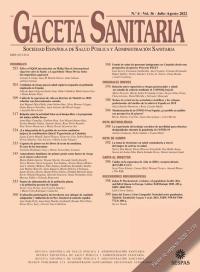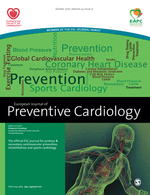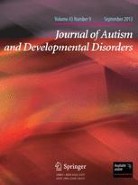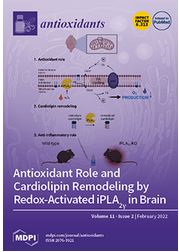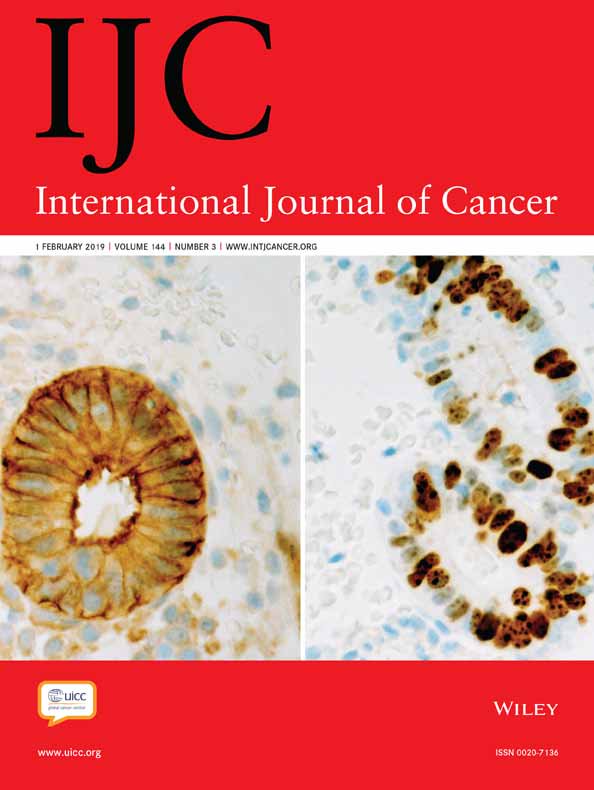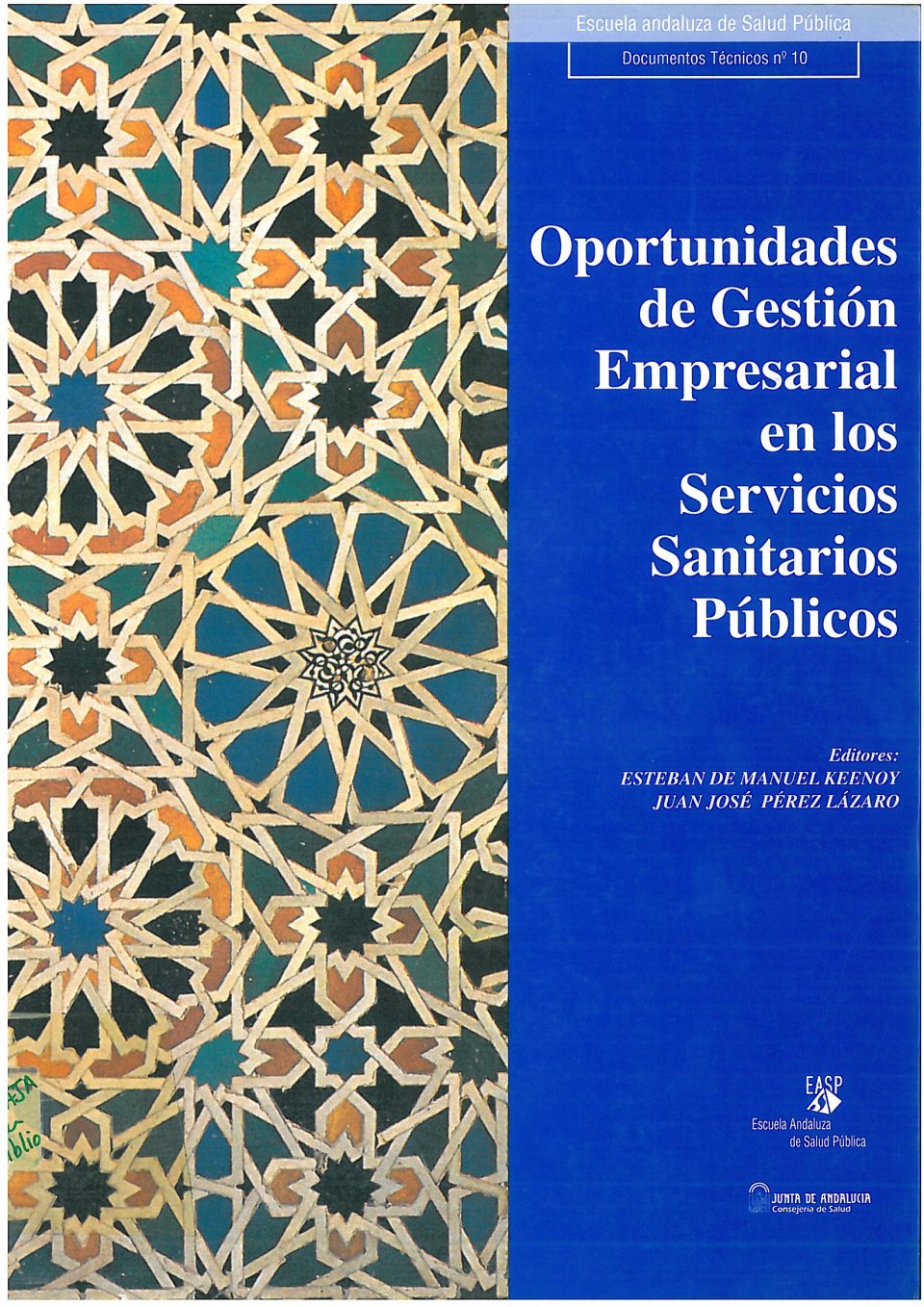Participación comunitaria: aprendizajes de la COVID-19 para nuevas crisis. Informe SESPAS 2022
La gestión de la pandemia de COVID-19ha dejado en segundo plano la participación comunitaria, a pesar de la evidencia de su importancia para la equidad y la promoción de la salud. Aun así, ha habido experiencias participativas que aportan claves de cara a cómo enfrentar posibles emergencias futuras incorporando un enfoque de promoción de la…



